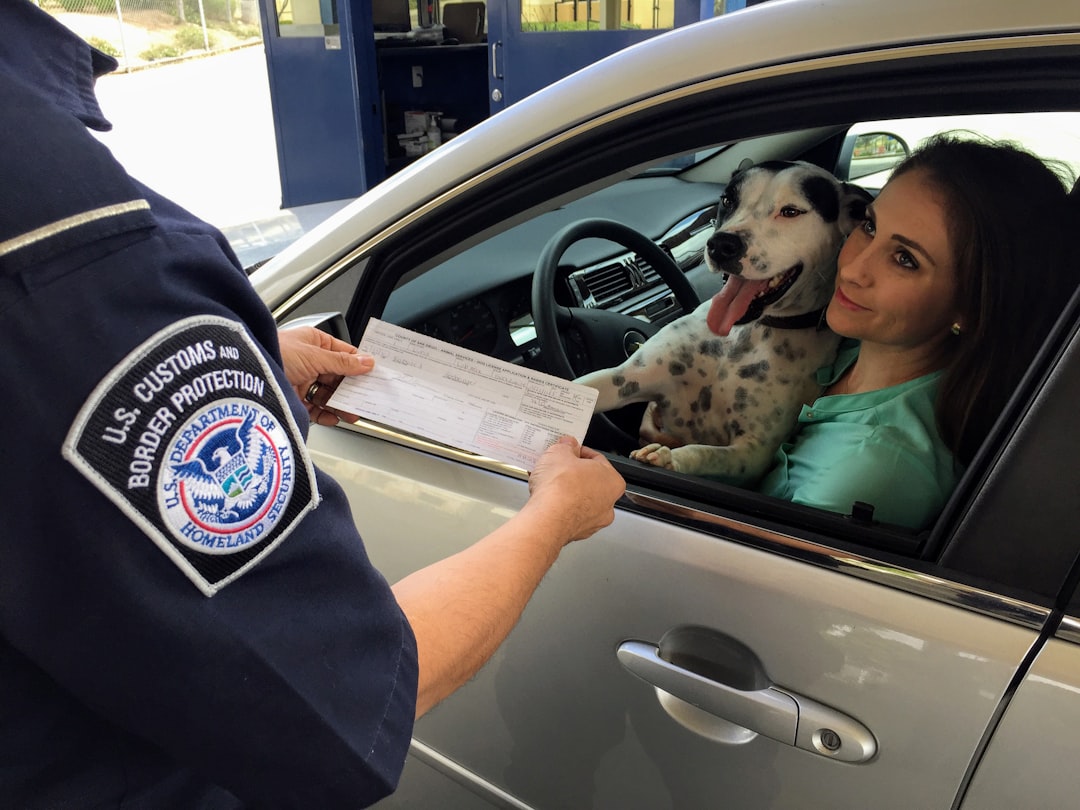Ever noticed a little padlock next to a website’s URL? That’s an SSL certificate in action. It keeps your info safe when you visit a site. In this fun guide, we’ll break down what SSL certs are, why they matter, and how to pick the right one for your site!
What is an SSL Certificate?
SSL stands for Secure Sockets Layer. It’s a security tech that encrypts the connection between a user’s browser and the server. Basically, it locks up the data so sneak-peekers can’t steal it.
When a website has SSL, the address starts with https:// instead of http://. The “s” stands for secure!
If you send passwords, credit card info, or personal messages over the internet, SSL makes sure they stay private.

Why You Definitely Need One
You might think, “My website is just a blog, do I really need SSL?” Yes! And here’s why:
- Security: SSL protects your visitors and their data.
- Trust: Users feel safer when they see that little padlock.
- SEO: Google gives HTTPS sites a higher ranking.
- No warnings: Without SSL, browsers may flag your site as “Not Secure.” That’s scary.
SSL is no longer optional. It’s the new normal on the web.
Types of SSL Certificates
SSL certs aren’t one-size-fits-all. Here are the main types:
- Domain Validated (DV): Quick and easy. For blogs and personal sites.
- Organization Validated (OV): Some checks are done. Best for small businesses.
- Extended Validation (EV): Full vetting. Shows your business name in the browser bar. Great for big companies.
Another way to group them is by how many domains they cover:
- Single Domain: Covers just one site. Example: example.com
- Wildcard: Covers a site and all its subdomains. Example: *.example.com
- Multi-Domain (SAN): Protects multiple URLs with one cert.

How to Get One (It’s Not Hard!)
Here’s how to get your website smiling with that secure padlock:
- Choose a Certificate: Decide which type fits your site.
- Pick a Provider: Go with trusted names like DigiCert, Comodo, Let’s Encrypt, or GoDaddy.
- Generate a CSR: That stands for Certificate Signing Request. Many hosting dashboards help with this.
- Verify Domain/Business Info: You’ll prove you own the domain—or the company, depending on cert type.
- Install the Cert: Your provider will give you files to paste into your server. Most hosts have easy install tools.
Note: Let’s Encrypt offers free SSL certs! Perfect for beginner sites or testing projects.
How to Choose the Right Certificate
Still confused? No worries! Let’s match your site to the right SSL:
- Personal blog? Go with a DV certificate.
- Small business? An OV certificate adds credibility.
- Big company or online store? Choose an EV certificate for max trust.
- Tons of subdomains? You need a Wildcard certificate.
- Lots of different sites? A Multi-Domain certificate will make life easier.
Final Tips
Here are some final nuggets of SSL wisdom:
- Renew on time! SSL certs expire, usually every year (though multi-year plans exist).
- Update internal links. Make sure your content links to HTTPS pages, not HTTP.
- Set up 301 redirects so visitors go to the secure version of your site.

That’s it! We hope SSL sounds less techy and more friendly now. Protecting your website with SSL is smart, easy, and shows your visitors you care.
So go get that padlock—it’s the internet’s way of saying, “You’re legit!”
